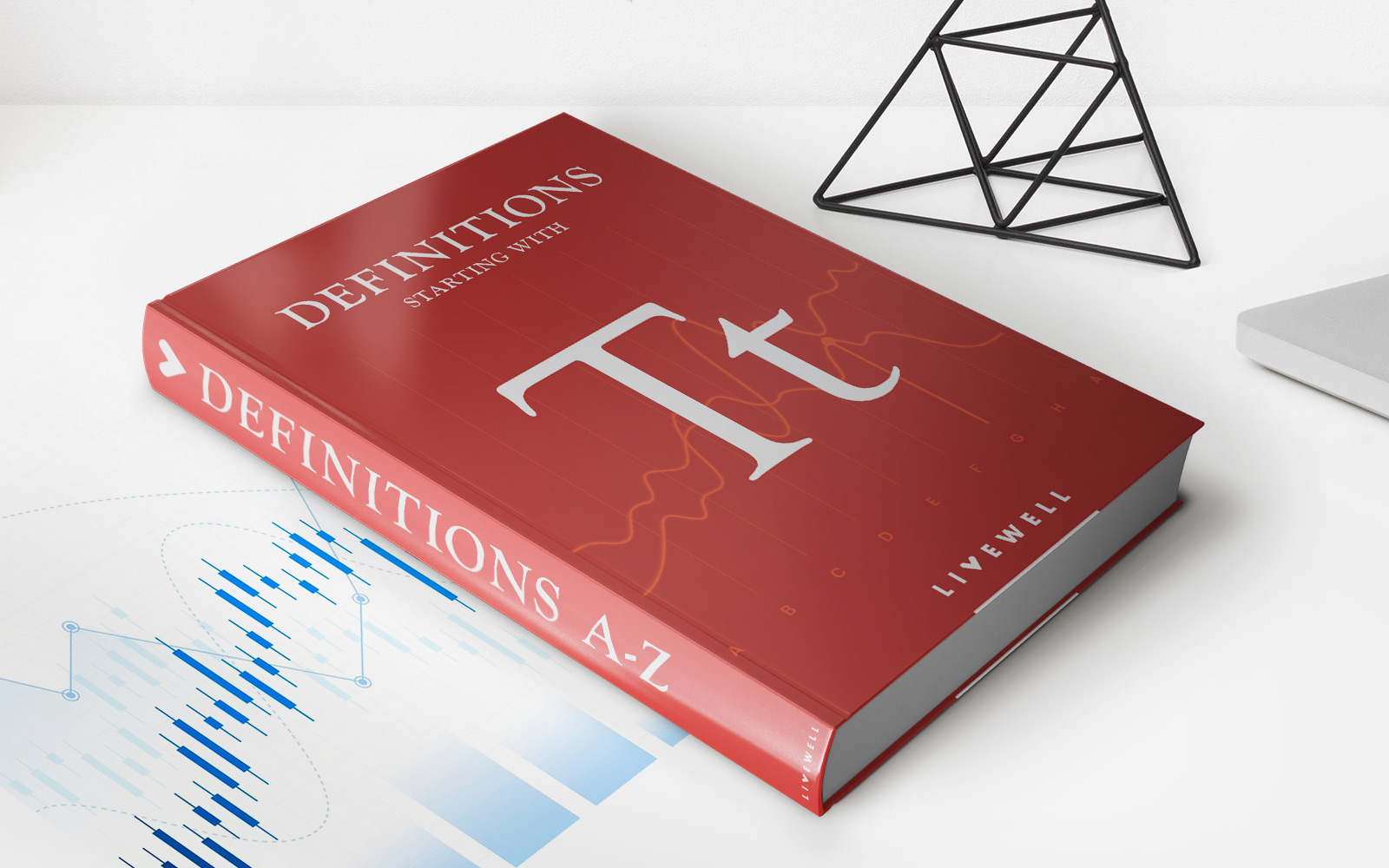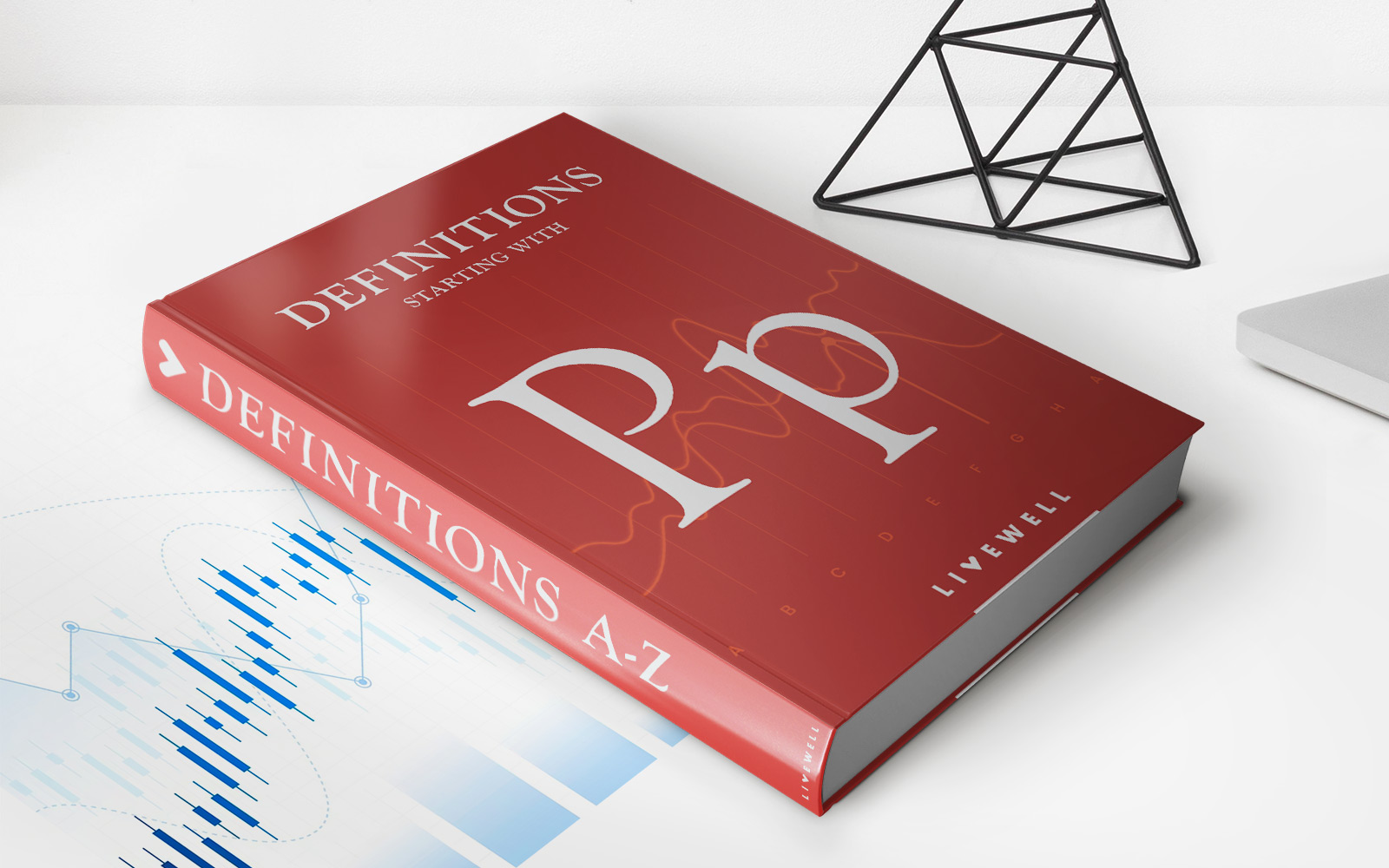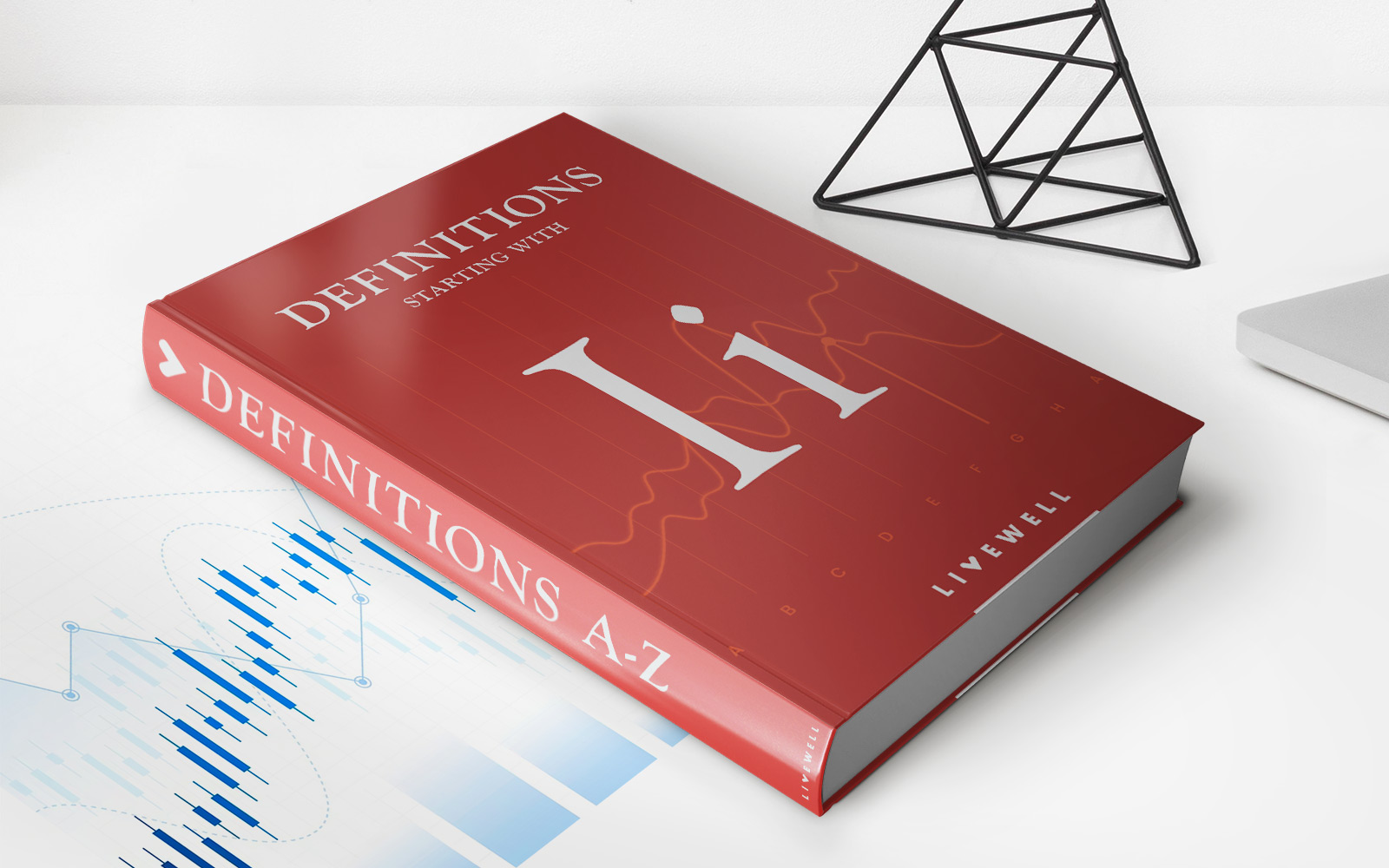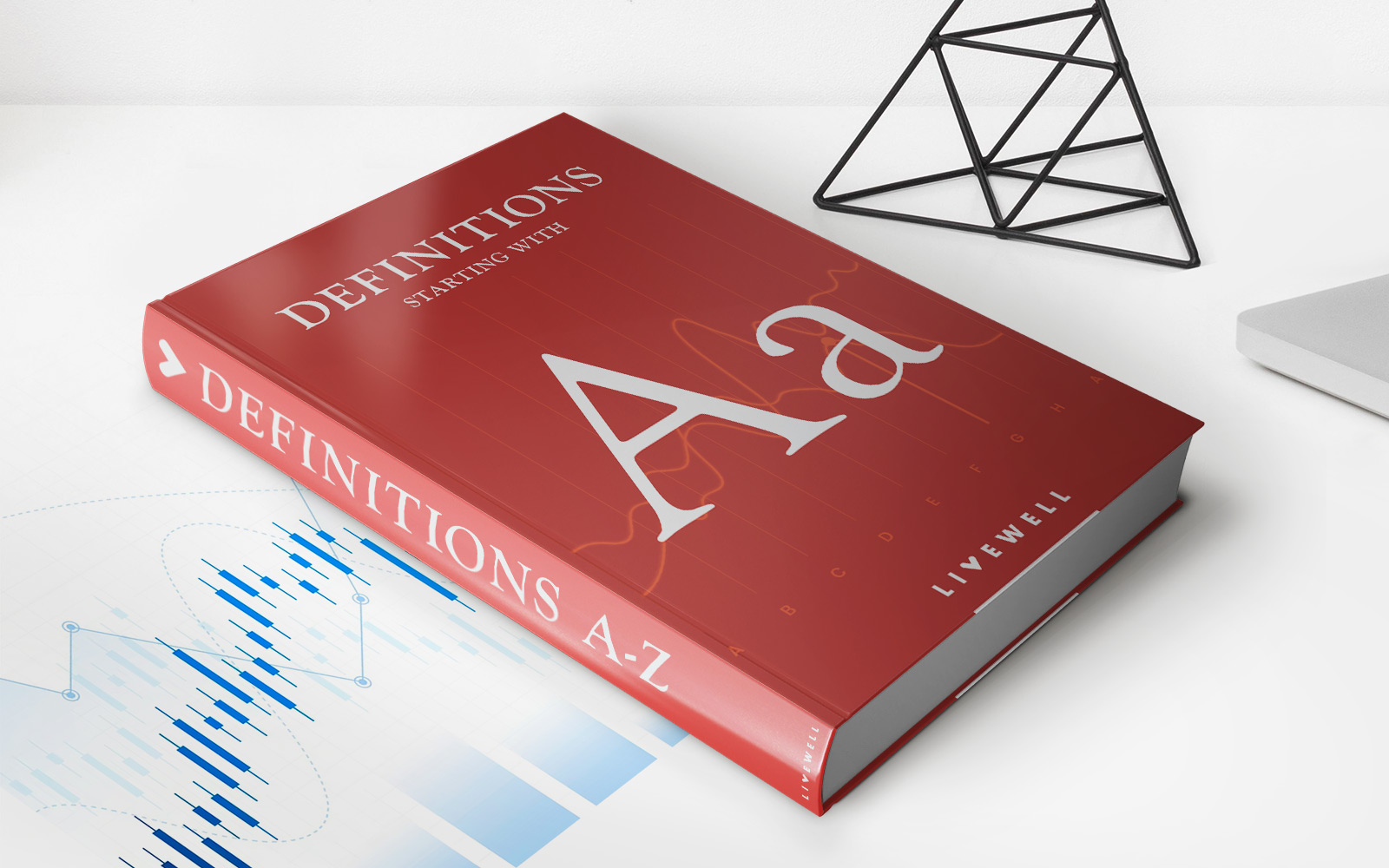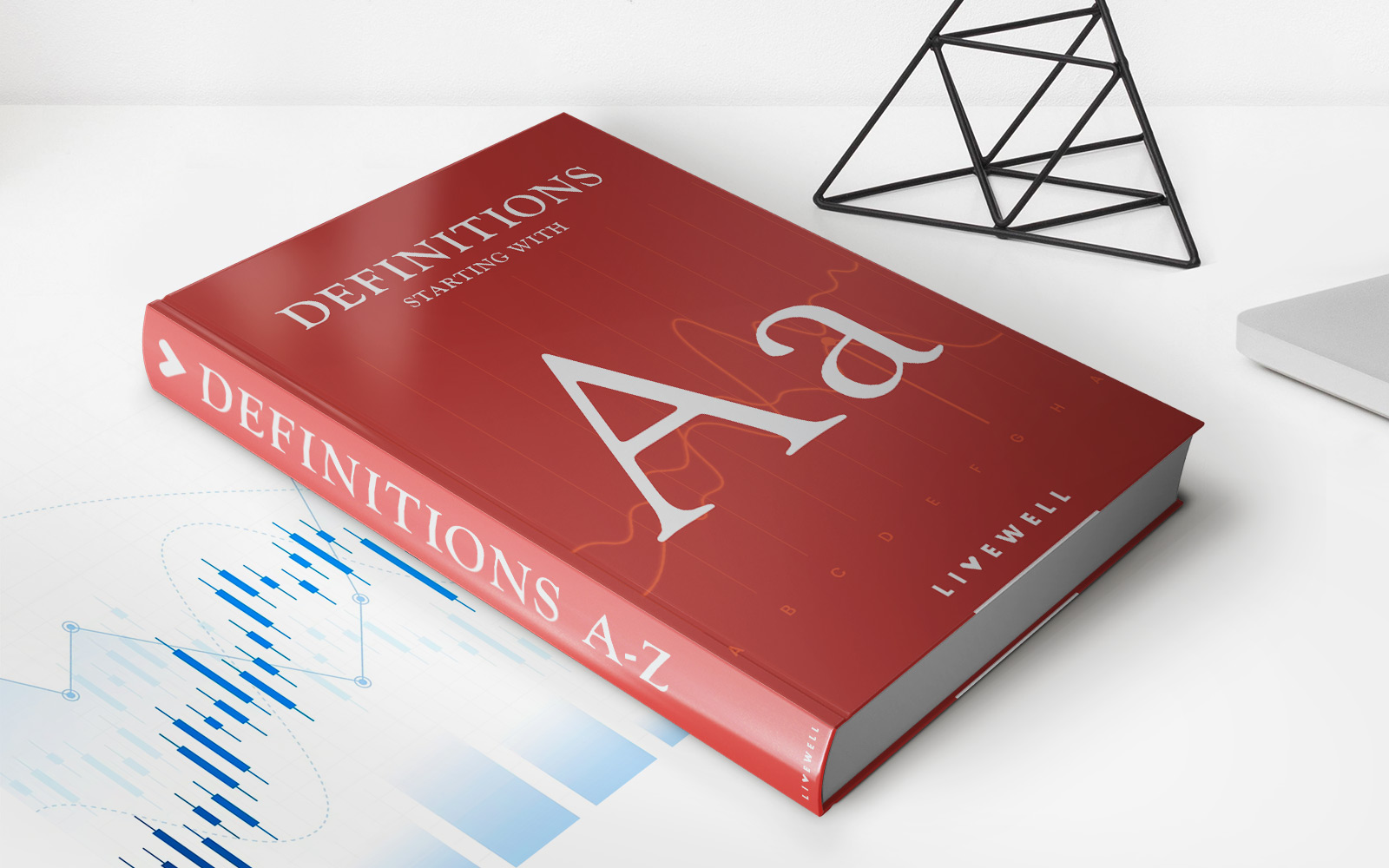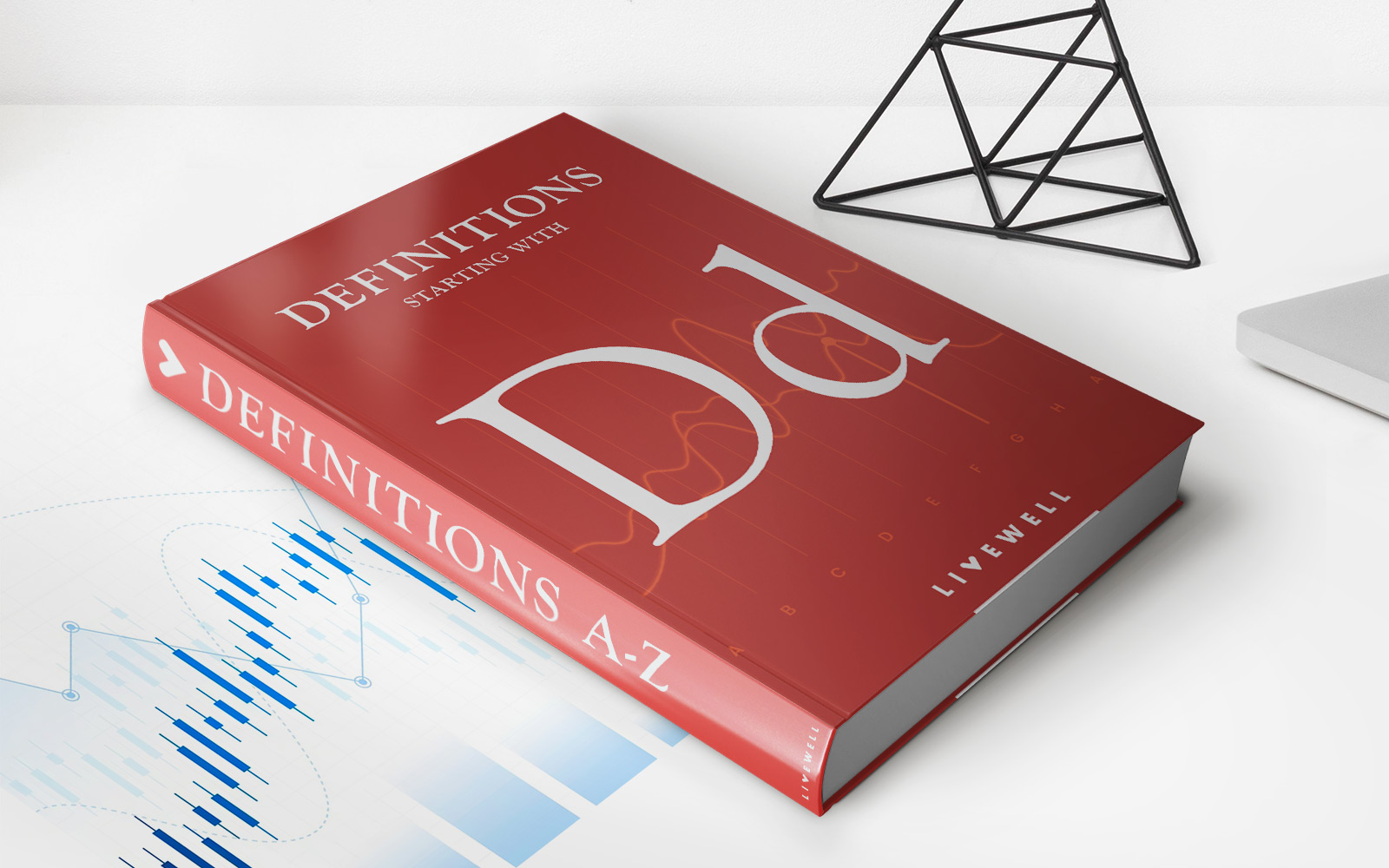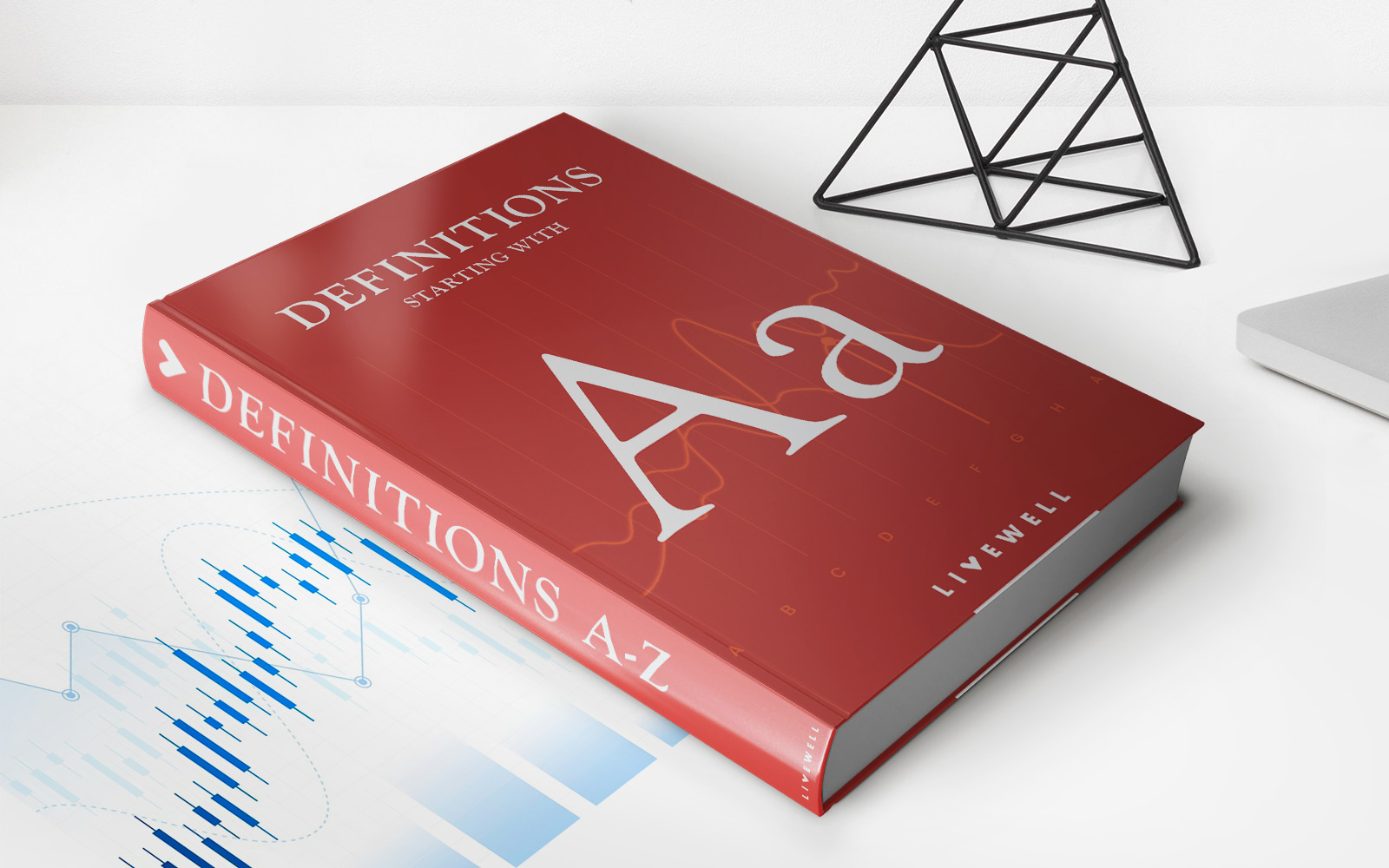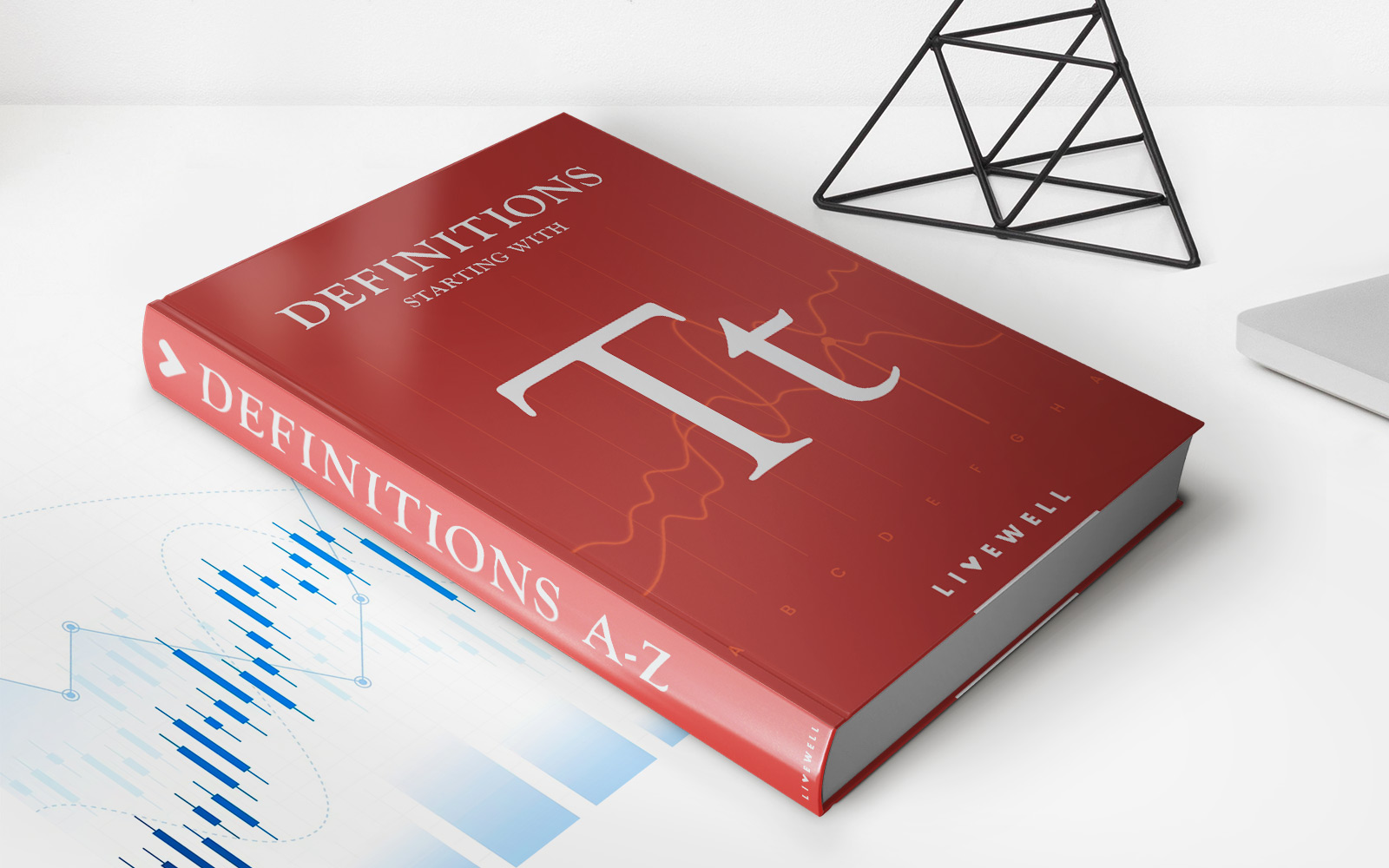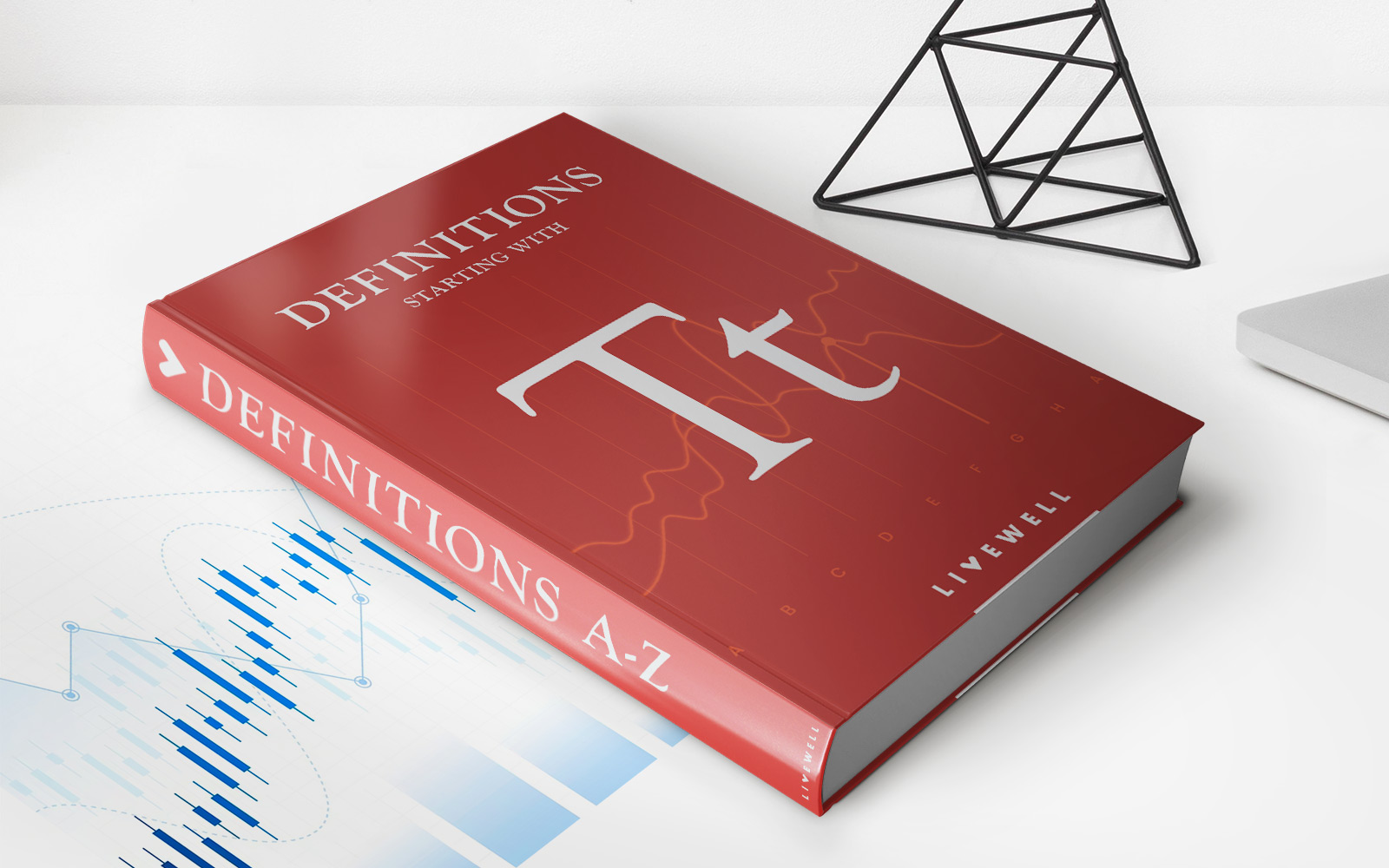Home>Finance>What Is A Triggering Term In Advertising? Definition And Examples


Finance
What Is A Triggering Term In Advertising? Definition And Examples
Published: February 11, 2024
Discover the meaning of triggering terms in finance advertising and explore real-world examples. Understand how these terms can impact consumer behavior.
(Many of the links in this article redirect to a specific reviewed product. Your purchase of these products through affiliate links helps to generate commission for LiveWell, at no extra cost. Learn more)
Understanding Triggering Terms in Advertising: Definition and Examples
If you’ve ever dived into the world of advertising, you’ve likely come across the term “triggering term.” But what exactly does it mean? In this article, we will explore the definition of triggering terms in advertising and provide some examples to help you better understand their significance.
Key Takeaways:
- Triggering terms are specific words or phrases used in advertising that are designed to elicit an emotional or psychological response from the target audience.
- These terms are strategically selected to capture attention, create a sense of urgency, and persuade consumers to take action.
In the realm of advertising, every word matters. Marketers and advertisers carefully choose their language to make an impact on their audience. A triggering term is a powerful tool used to evoke an emotional or psychological response from potential customers.
So, what exactly is a triggering term? Simply put, it’s a term or phrase that is specifically chosen to trigger a specific reaction or behavior in the consumer. These terms are often used in headlines, slogans, or call-to-action statements, and they aim to catch the attention of the reader, create a sense of urgency, and ultimately persuade them to take action.
Examples of triggering terms in advertising include:
- “Limited Time Offer” – This phrase is commonly seen in sales promotions and creates a sense of urgency, urging consumers to make a purchase before the opportunity disappears.
- “Exclusive” – This term suggests that a product or service is only available to a select group of people, making it more desirable and appealing.
- “Free” – Everyone loves getting things for free. This term triggers a positive emotional response and can entice consumers to try a product or service.
- “Sale” – This is a classic triggering term that instantly grabs attention and signals a discounted price, which can encourage consumers to make a purchase.
- “Limited Stock” – Similar to the “Limited Time Offer” term, using “Limited Stock” creates a sense of scarcity and prompts consumers to take action before the product runs out.
These triggering terms are carefully chosen because they tap into human psychology and generate an emotional reaction. By using these terms, advertisers hope to capture the attention of the audience, stimulate their desire, and ultimately lead to a conversion or sale.
As a consumer, it’s important to be aware of triggering terms and how they can influence your decision-making process. Understanding the tactics used in advertising can help you make more informed choices and avoid impulse purchases based solely on emotional triggers.
In Conclusion
Triggering terms in advertising are powerful tools that marketers and advertisers employ to connect with their target audience on an emotional level. By understanding these terms and how they work, both as a consumer and as an advertiser, you can use them to your advantage or make more informed choices in the marketplace.
So, the next time you come across a triggering term in an advertisement, take a step back, assess the situation, and decide whether it aligns with your needs and preferences.
